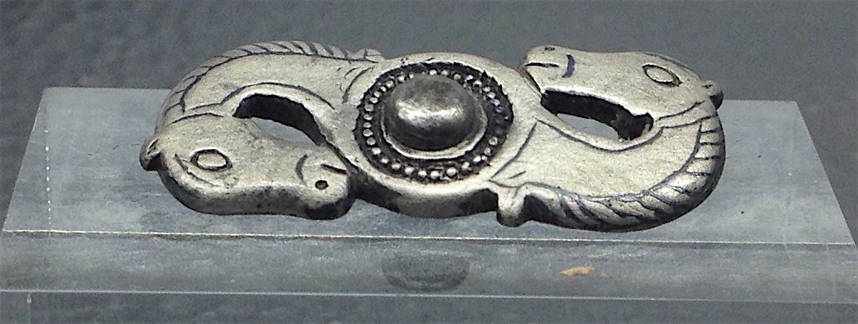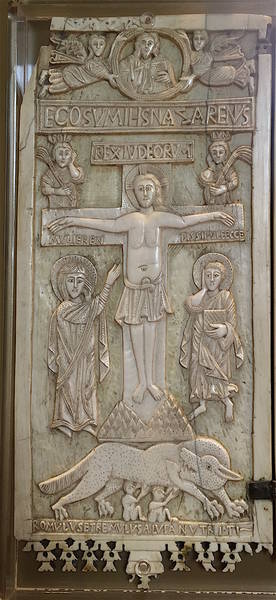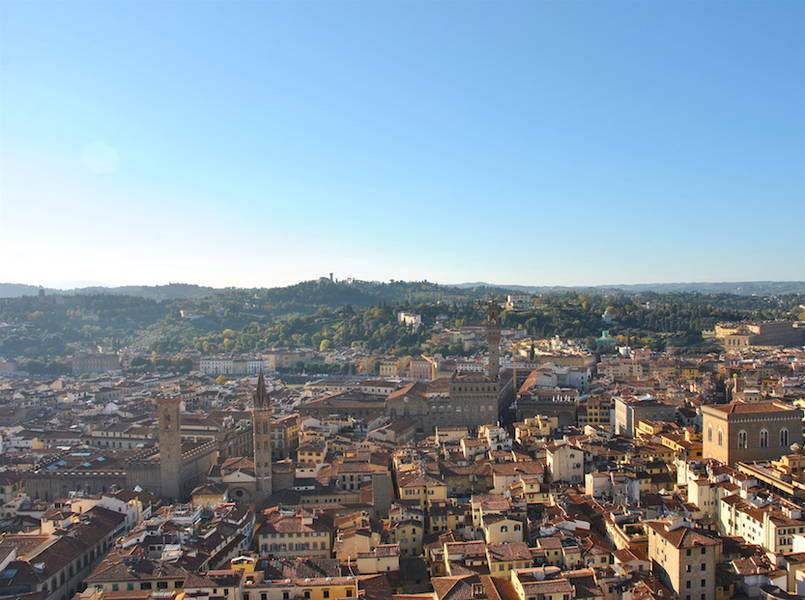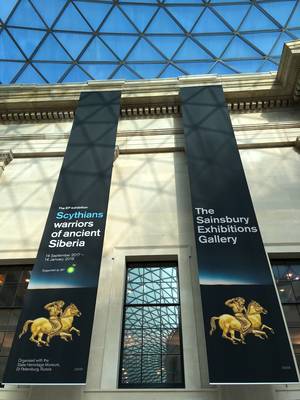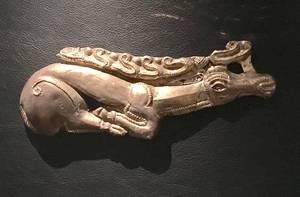European railways revise their timetables for the coming year on 10th December 2017. Mark Dudgeon, the Blue Guides rail correspondent, highlights some of the main changes to international services.
Night services
Night services in Europe have suffered a cull over the last few years, with several rail operators considering them to be no longer financially viable, especially where rolling stock was reaching the end of its useful life and major investment would be required to keep services running.
This trend was bucked somewhat last year when OeBB, the national Austrian operator, set up its new brand, Nightjet, to run its own domestic and international services with refurbished coaches, and at the same time take over several CityNightLine services, when its owner, Deutsche Bahn, decided to exit the night train market. Initial signs from OeBB regarding financial results have been encouraging.
Nevertheless, the timetable change sees further night train losses:
• The Metropol service between Budapest and Berlin is withdrawn. A night service will still operate between Budapest and Prague, but with an arrival time in Prague at about 6am, and a departure southbound from Prague at midnight, many passengers may find the times inconvenient. Blue Guides recommends taking one of the several day trains instead, and enjoying a meal in one of the bustling and reasonably-priced Czech restaurant cars.
• The night train from Paris to Nice is finally withdrawn. The forlorn successor to the famous Train Bleu – which started running in 1886 – has in recent years been reduced to offering couchettes and seats only. After 130 years, the history of night trains between Paris and the Riviera draws to a close.
There is other mixed news for night services:
• The Budapest – Lviv – Kiev sleeper will be extended to and from Vienna; but at the same time the through Prague – Kiev cars will cease to operate: connections will be available at Kosice instead.
• The Budapest, Vienna and Prague – Krakow service will be combined with the service from those three capitals to Warsaw, operating via Krakow to Warsaw and no longer serving Katowice.
• The Zurich – Berlin – HamburgNightjet service will now separate into two portions (one to Berlin and one to Hamburg) en route, meaning an earlier arrival in, and later departure from, Hamburg.
Trans-Alpine services
There is some good news for international services across the Alps. In the west, there is a new Eurocity service from Frankfurt to Milan, with a departure close to 08:00 from Frankfurt and an arrival at Milano Centrale just after 15:30. In Germany, this train will also have a new designation: Eurocity Express (ECE). Northbound, the existing late-morning departure from Milan to Basel will be extended to Frankfurt, arriving at around 19:00.
Not strictly trans-Alpine – there is not such good news further south. Thello trains operating from Milan to Marseille will not operate between Nice and Marseille (in both directions) on most days. Additionally, the Geneva – Marseille – Nice TGV will terminate and start from Marseille.
In the east, there is a welcome additional service each way between Vienna and Venice. Currently, one trainset operates a round-trip each way, leaving Vienna at 06:35 and arriving back at 23:35. These timings make it impossible for same-day connections further afield, and are pretty horrible even if you are starting or finishing your journey in the Vienna area itself. There will now be an additional service departing Wien Hauptbahnhof at 12:25, and arriving at Venezia Santa Lucia at 20:05. In the reverse direction the additional train will leave Venice at 09:55 and arrive in Vienna at 17:35. These new services will allow same-day connections to and from, for example, Budapest and Prague. However, since the advertised departure from Budapest (09:40) to connect with the 12:25 departure from Vienna allows only a 4-minute transfer time at Wien Hauptbahnhof, Blue Guides recommends taking the train an hour earlier from Budapest to reduce the risk of a missed connection. Both the daily services between Vienna and Venice will be operated by Railjet trainsets.
Germany and Central Europe
• A major new high-speed line in Germany will mean a significant improvement in train times for Munich to Berlin journeys. The fastest trains on this route will now take a smidgen under 4 hours – more than 2 hours shorter than at present.
• Track improvements between Würzburg and Aschaffenburg will mean reductions in Vienna-Frankfurt ICE journey times of around 25 minutes.
• Services between Prague, Regensburg and Munich will be nearly doubled to provide a two-hourly-interval daytime service.
• The Prague – Bohumin service, which was extended in the summer to Krakow as EC Cracovia, proved popular and will now operate between Prague and Krakow throughout the year.
• Daytime trains between Budapest and Prague will be accelerated by 15 minutes: not because of any track improvements, but because they will operate on the more direct line to Nyugati station in Budapest (as they used to do until about twelve years ago) rather than to Keleti station. Whilst this routing avoids the slow around-the-houses crawl in Budapest, it does mean the end of same-station connections further afield to eastern and southern Hungary, Romania and Serbia.
• Westbahn, the private Austrian operator, will introduce new services between Wien Hauptbahnhof and Salzburg, providing more competition with OeBB, the traditional national operator. Westbahn currently only operates, appropriately, from the Westbahnhof.
…. and finally
Thello (operating trains on the routes Paris – Brussels – Amsterdam or Cologne) and TGV Lyria (Paris – Switzerland) will offer three service classes rather than the current two. The “middle” class will include a first-class seat but no complimentary food and drink. This will inevitably mean that Interrail and Eurail passholders paying the 1st class pass supplement will no longer receive the complimentary catering.
There is still no confirmed news on the commencement of the London – Brussels – Amsterdam Eurostar service, although various sources indicate a probable spring 2018 start date with two round-trip services daily. Blue Guides will keep you posted.







